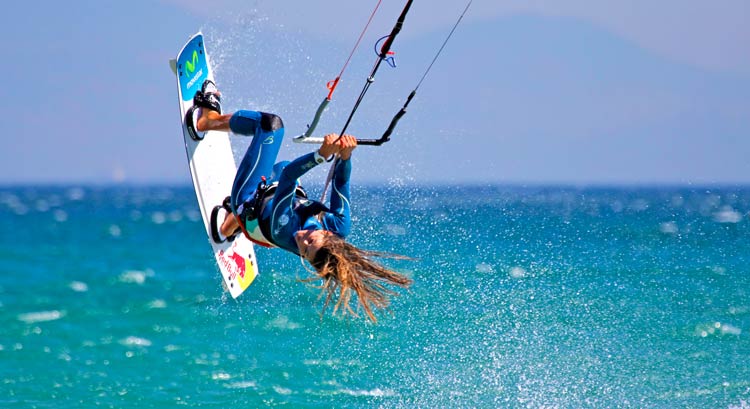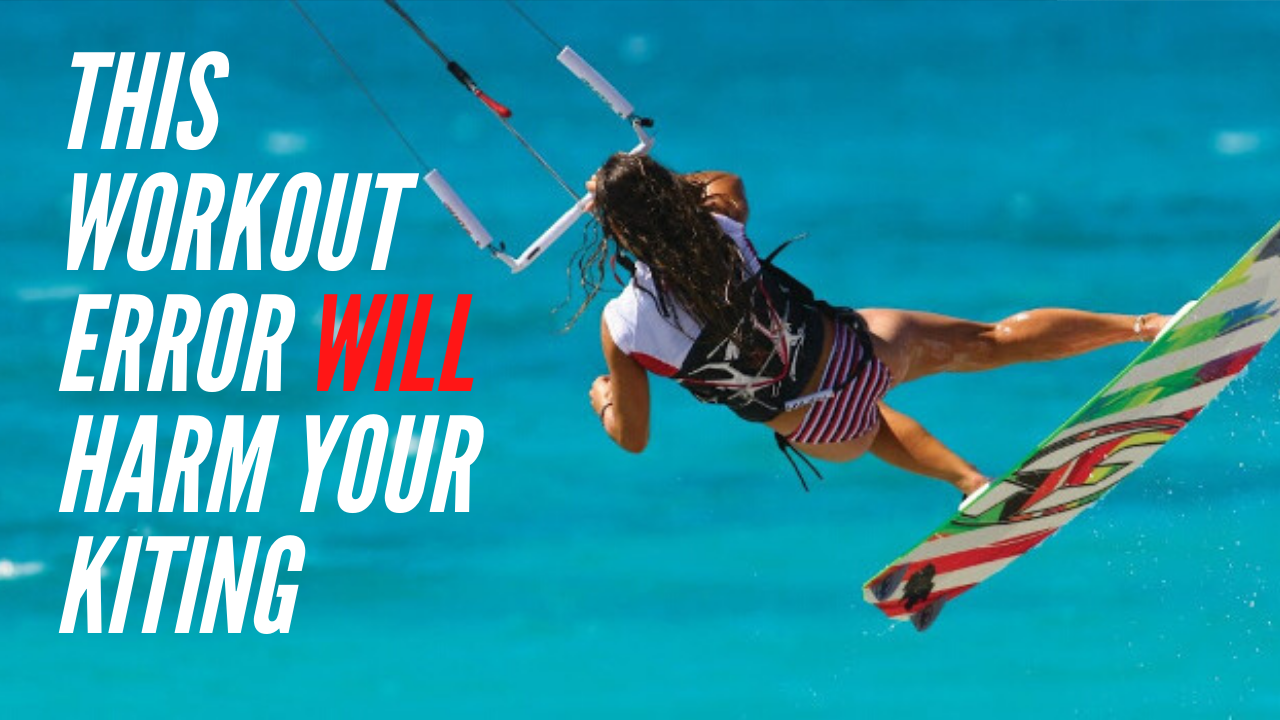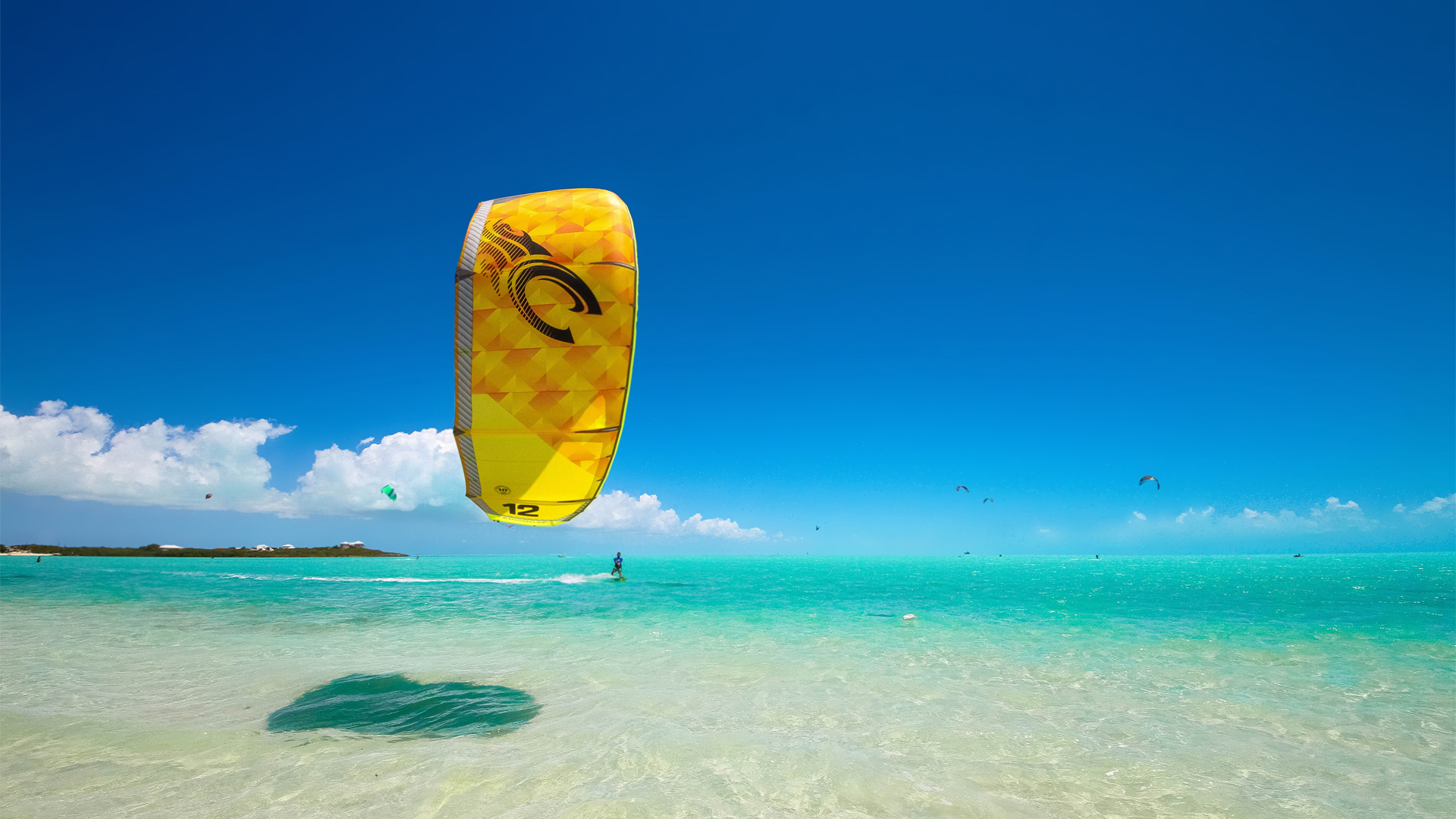
So we talked last week about how static stretching is probably not what you want to be doing before you go kitesurfing…if you missed that post you can check it out here >>
So what can you do instead?
Well the first thing I recommend for my clients is dynamic stretching.
Dynamic (or ballistic) stretches stretch the muscles through movement. Repeated studies have shown they can improve power, strength and performance during a subsequent exercise session. Unlike static stretching which involves just pulling on a specific muscle group, dynamic stretching incorporates posture control, stability, balance and ballistic, explosive movements such as swings and kicks.
Take a simple quadricep stretch, the traditional way of doing this (the way I was taught when I used to play football) was to simply stand on one leg, grab the ankle of the other leg and pull that heel towards your bum, a classic static stretch.
Instead of this, imagine you were to take a giant step forward with your right leg and then grab the ankle of your left foot pulling it up to your bum. Now drop it down and take a giant step forward with your left leg, grab your right heel and pull it to your bum. Suddenly you are incorporating stability, balance and mobility whilst actually contracting the muscles.
All of which makes this a far superior way to stretch.
I would recommend warming up before doing dynamic stretching. Due to its ballistic and explosive nature you are more likely to injure yourself if done from cold than static stretching so a good 10 min cardio based warmup is mandatory.
The other method I use and have most of my clients use, is Deep Tissue Work.
This catch all term refers to anything which gets deep into your muscles and connective tissue. Now there are loads of ways to do this, Rolfing, Muscle Activation Technique, Advanced Muscle Integrative Therapy, Point Therapy, but my favourite (mainly for its ease and accessibility) is foam rolling and simply making love to a spiky Death Star! (Or if you don’t want to buy one of the specialist devices, rolling around on a tennis ball to really get it into all those spots which hurt).
Think of it as a self applied (or inflicted!) deep tissue massage.
Why do this?
When you have areas of chronic tightness or tension, or a history of injury or muscle overuse, adhesions (bands of painful areas) usually form in the muscles, tendons and ligaments. These adhesions block circulation whilst causing pain, inflammation and limited mobility. Which is turn means when you exercise (or just sit around for too long) you create tension in these muscles. Tighter muscles tend to weaken, and a weak muscle tends to tighten…so you get a viscous cycle which increases inflammation, reduces blood flow and lessens the ability of the lymphatic system to remove waste material from the muscle, thus increasing the risk of injury.
Deep tissue work gets in and breaks these adhesions down by applying direct pressure or friction across the grain of the muscle.
The best thing about Deep Tissue work? It doesn’t have to be done directly before or after your kitesurfing, but can simply be something you include in your daily routine. I tend to do 20 mins every morning when I can and the differences after just a few months are HUGE.
Interested to learn more?
I’ve put together a free 7 day kitesurf specific workout plan to get you in shape for kitesurfing designed by kitesurfers, for kitesurfers…
Download your copy here >> (It’s FREE!)
Catch you on the water,
Sam.
??




